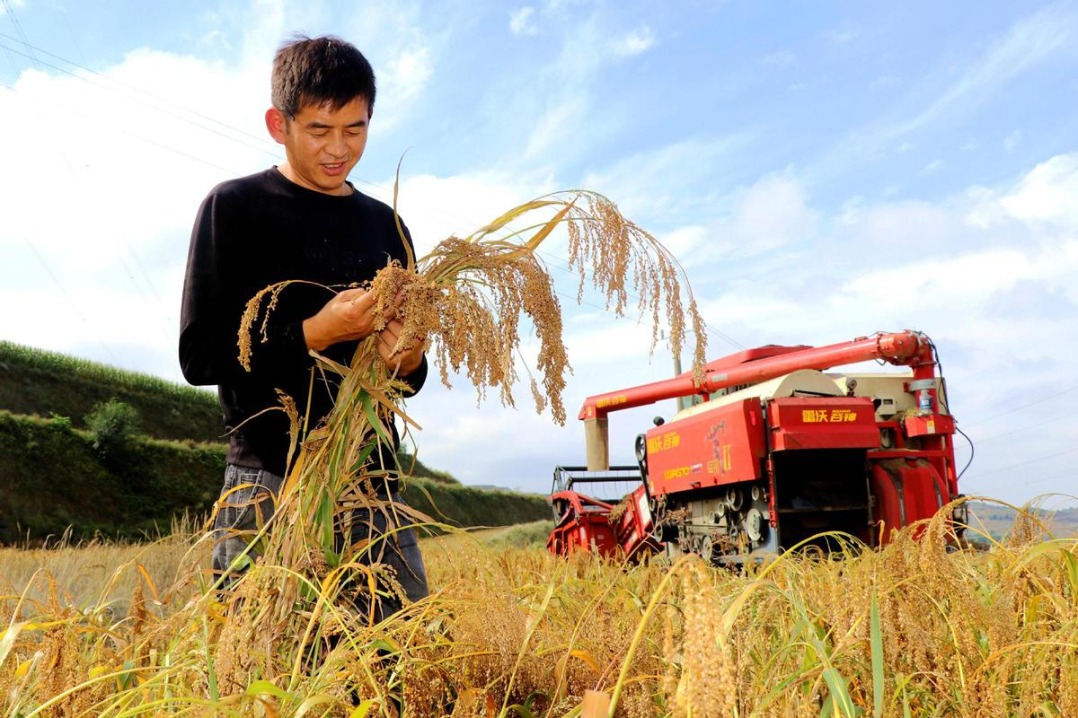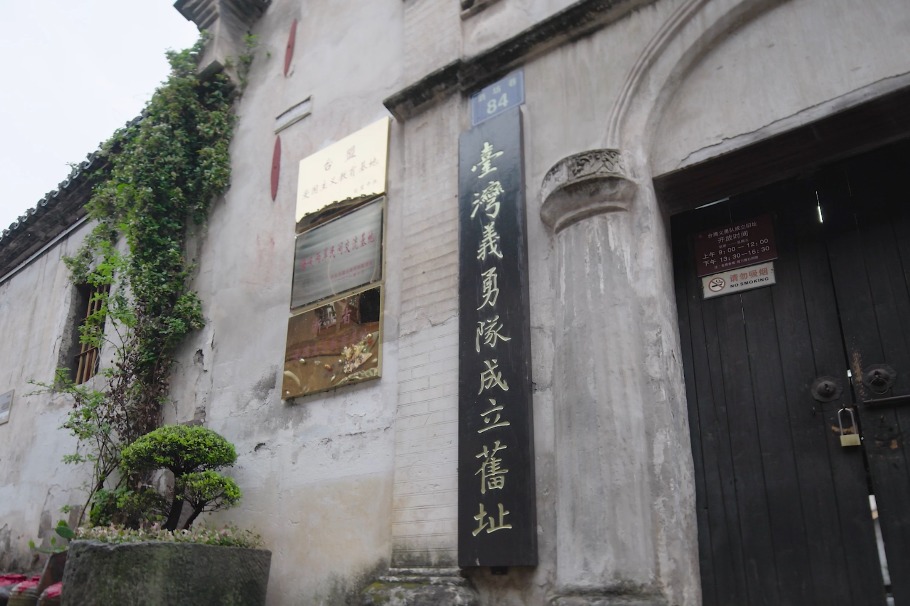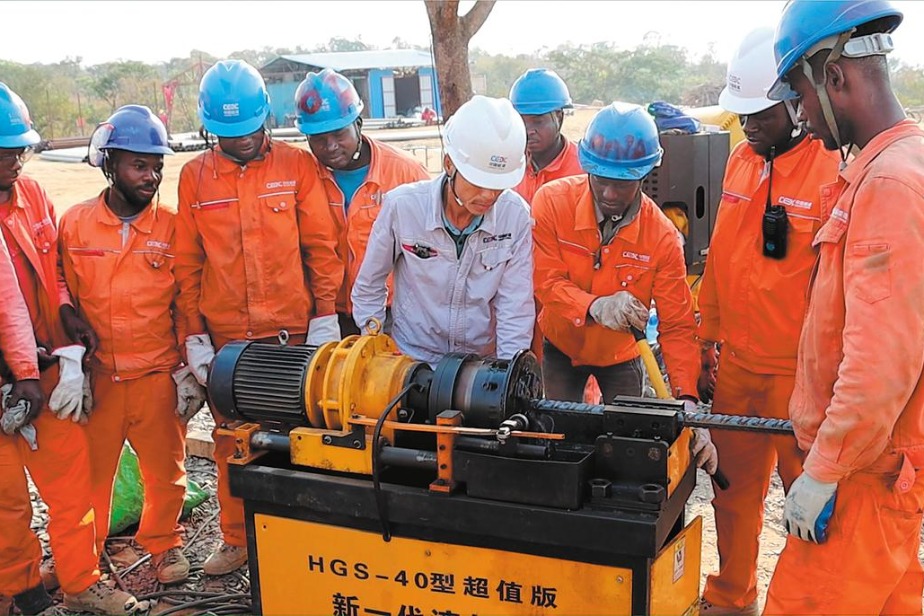Scientists uncover lunar water disparity

Chinese scientists have discovered striking differences in water content between the moon's near and far sides through analysis of basalt samples from the Chang'e 6 mission.
The team's findings, published on Thursday in the journal Nature, reveal that the mantle source of Chang'e 6 mare basalts contains 1 to 1.5 micrograms per gram of water, indicating that the lunar far side mantle contains less than one-third the water of its nearside counterpart.
"This result may offer crucial insight into the moon's formation and thermochemical evolution," said Hu Sen, a researcher at the Institute of Geology and Geophysics of the Chinese Academy of Sciences.
Over the past two decades, extensive studies of lunar samples from the nearside have demonstrated a highly heterogeneous distribution of water in the moon's interior, with concentrations ranging from approximately 1 to 200 mcg per gram.
Both thorium and water, considered as incompatible elements, are preferentially staying in melt phase rather than incorporating into minerals during the magmatic processes.
This geochemical behavior suggests that the mantle beneath the South Pole-Aitken Basin, on the lunar far side, may contain a lower abundance of water, Hu said.
In June, China's Chang'e 6 probe retrieved nearly 2 kilograms of soil from the SPA Basin — the largest impact crater in the solar system — marking humanity's first sample return from the moon's far side.
The team's results indicate that the parent magma of these basalts contains 15 to 168 mcg per gram of water. Additionally, the team estimated that the mantle source of the Chang'e 6 basalts has a water content of 1 to 1.5 mcg per gram, significantly lower than that of the nearside mantle.
"The first water estimate retrieved from the lunar far side indicates that water abundance in the lunar mantle may exhibit a hemispheric dichotomy, consistent with many asymmetrical features observed on the lunar surface," Hu said.
"This new estimate of the lunar far side mantle's water content marks a significant step forward in refining our understanding of the bulk silicate in the moon's water inventory. It provides important constraints on the giant-impact hypothesis of the moon and the subsequent evolution of the moon for which the role of water is central," Hu said.
Funded by the National Natural Science Foundation of China, this study is a landmark for estimating the water abundance of the bulk moon. Further investigations of Chang'e 6 materials are expected to shed more light on understanding the formation history of the Earth-moon system.
- Autumn harvest in China
- HKSAR govt activates emergency monitoring and support center for typhoon Ragasa
- South China's Guangdong raises emergency response to highest for approaching typhoon
- Northern Myanmar criminal group on trial in China over killings, telecom fraud
- Mongolian party leader lauds Shanghai's community-level services
- Healthier habits can curb gout, doctors say





































